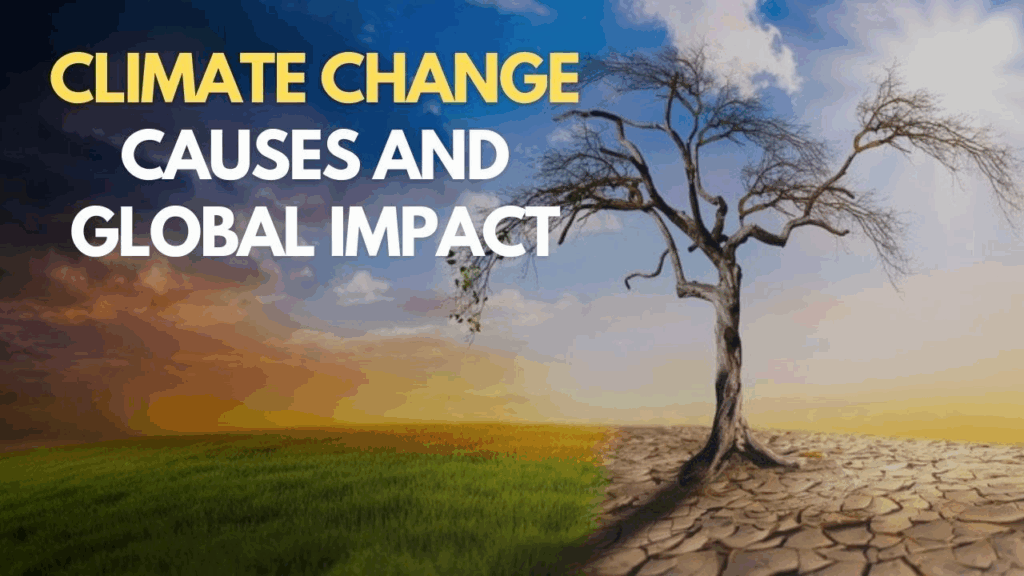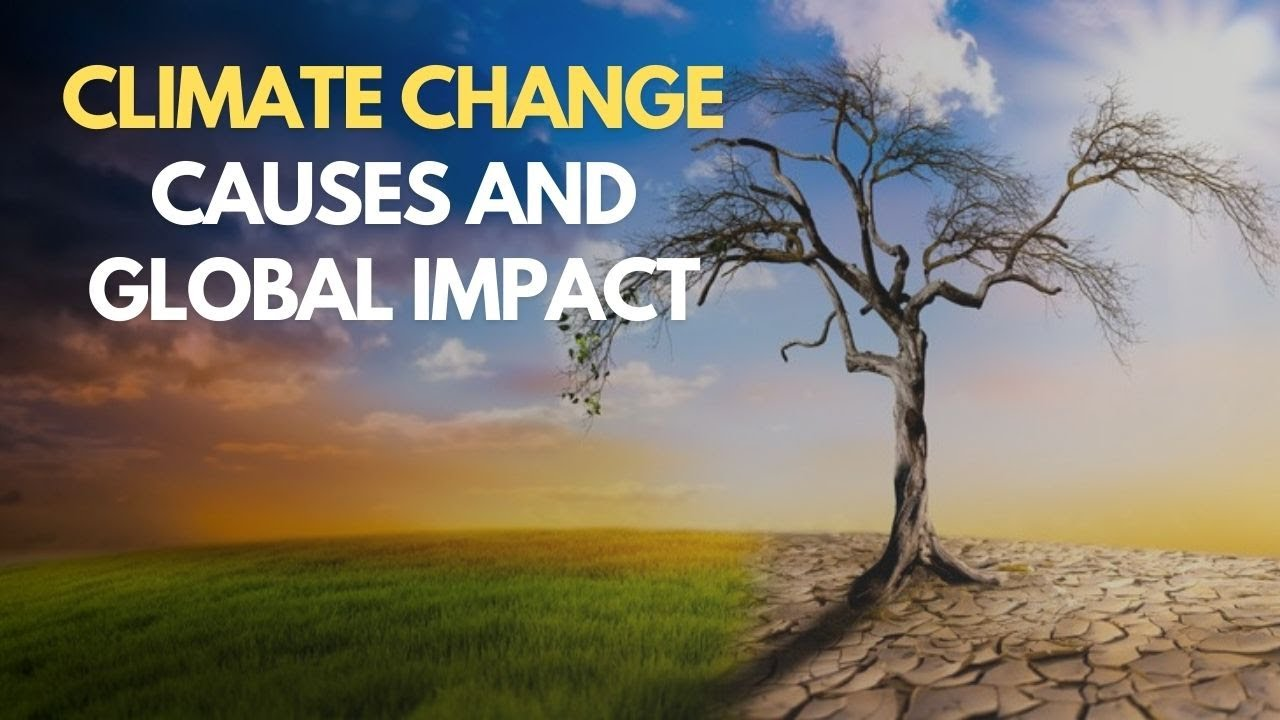
When it comes to tackling environmental challenges, many people look to governments, corporations, or global organizations. But some of the most powerful and lasting changes often start at the local level. Local communities have the unique ability to understand their environment intimately, mobilize quickly, and implement practical solutions that ripple far beyond their immediate area.
This article explores how local communities can lead environmental change, why grassroots action matters, and the key strategies that make community-led initiatives so impactful.
Why Local Leadership Matters in Environmental Change
Local communities are often the first responders to environmental issues like water shortages, pollution, and deforestation. Their leadership matters because:
- Direct connection to the environment – Residents see daily changes in water, soil, and wildlife.
- Tailored solutions – Communities design practices that work in their unique cultural and ecological context.
- Faster implementation – Local projects can begin without waiting for lengthy political or corporate decisions.
- Collective ownership – People are more invested in projects they help create.
- Inspiration for larger action – Local successes often inspire regional, national, and even international movements.
Key Ways Communities Drive Environmental Change
1. Grassroots Conservation Projects
From tree planting to river cleanups, local conservation projects restore ecosystems. Examples include citizen-led mangrove replanting in Southeast Asia and grassroots wetland restoration in the U.S.
2. Sustainable Resource Management
Communities often manage shared resources like forests, rivers, and fisheries. Traditional practices—such as community-managed forests in Nepal—have been proven to increase biodiversity while providing livelihoods.
3. Education and Awareness Campaigns
Local schools, NGOs, and citizen groups spread awareness about environmental protection. For example, waste segregation campaigns in Indian cities began with neighborhood-level initiatives.
4. Adoption of Green Technologies
Communities can pioneer eco-friendly practices like solar microgrids, rainwater harvesting, or composting. Such innovations reduce dependency on polluting industries and showcase scalable solutions.
5. Policy Influence and Advocacy
Local movements often pressure governments and companies to act responsibly. The Chipko Movement in India, where villagers hugged trees to prevent deforestation, is a famous example of local advocacy influencing national policy.
6. Community-Based Monitoring
Residents often act as watchdogs for illegal logging, overfishing, or pollution. This monitoring ensures accountability and preserves natural resources for future generations.
Table: Community-Led Environmental Strategies
| Strategy | Example | Impact |
|---|---|---|
| Grassroots conservation | Mangrove planting in SE Asia | Restores habitats, prevents coastal erosion |
| Resource management | Community forests in Nepal | Boosts biodiversity, sustains livelihoods |
| Awareness campaigns | Waste segregation in Indian cities | Reduces landfill waste, builds eco habits |
| Adoption of green tech | Solar microgrids in Africa | Provides clean energy, reduces emissions |
| Advocacy & policy influence | Chipko Movement, India | Prevented deforestation, inspired new laws |
| Community monitoring | Anti-poaching patrols in Africa | Protects endangered species, ensures survival |
Success Stories from Around the World
- Nepal’s Community Forestry Program – Local groups manage forests, increasing tree cover and wildlife while generating income.
- Plastic-Free Towns in Europe – Communities in France and Germany led campaigns to reduce plastic waste, now models for EU policies.
- Solar Villages in Africa – Grassroots adoption of solar power has provided energy independence and reduced reliance on fossil fuels.
- Coastal Cleanups in the Philippines – Citizen volunteers revived marine ecosystems, restoring fish populations and protecting reefs.
Overview Table
| Action | Community Example | Environmental Benefit |
|---|---|---|
| Tree planting & cleanups | Local groups worldwide | Restores habitats, prevents erosion |
| Shared resource management | Nepal community forests | Balances use and conservation |
| Environmental education | School eco-programs | Builds sustainable habits in youth |
| Green technology adoption | African solar villages | Reduces emissions, empowers communities |
| Advocacy & movements | Chipko Movement, India | Protects forests and inspires policy |
| Monitoring & enforcement | Citizen patrols in Africa | Prevents poaching, protects biodiversity |
Final Thoughts
Local communities are not just beneficiaries of environmental protection—they are leaders. Their actions, whether through grassroots conservation, sustainable resource management, or pushing for policy change, demonstrate that real environmental change begins at the ground level.
By empowering communities with resources, knowledge, and support, we can create a global movement rooted in local action. When communities lead, the planet wins.
FAQs
Q1: Why are local communities important in environmental change?
They create context-specific solutions and drive faster, more sustainable action.
Q2: How can communities influence government policy?
Through advocacy, protests, and grassroots campaigns that demand accountability.
Q3: What is the most effective community action for the environment?
Collaborative efforts like conservation, awareness campaigns, and sustainable resource management often yield the best results.

